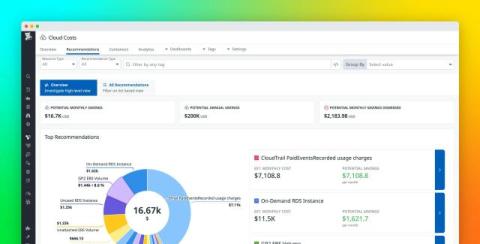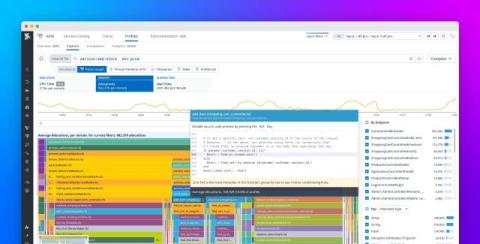How to spot and fix memory leaks in Go
A memory leak is a faulty condition where a program fails to free up memory it no longer needs. If left unaddressed, memory leaks result in ever-increasing memory usage, which in turn can lead to degraded performance, system instability, and application crashes. Most modern programming languages include a built-in mechanism to protect against this problem, with garbage collection being the most common. Go has a garbage collector (GC) that does a very good job of managing memory.
















